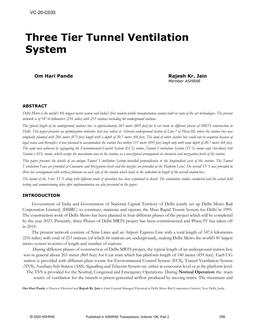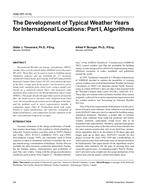Beginning in early 1974, the staff of the National Bureau of Standards (NBS) began the development of thermal test procedures for the two primarx non-conventional components of solar heating and cooling systems–solar collectors and thermal energy storage devices. Recommended procedures for testing both components were published in late 1974 and early 1975 [1, 2] in a format consistent with the standards of the American Society of Heating, Refrigerating, and Air Conditioning Engineers (ASHRAE). The procedures were later published with supplementary information explaining the rationale behind each procedure [3, 4, 5].
In July of 1975, ASHRAE formed Standards Project Committee 94-P to develop a standard for the testing of thermal energy storage devices. In June, 1976, a draft of a standard was published and submitted to the Society for review. It was based substantially on the previously published NBS recommended procedure [2]. The ASHRAE draft was modified according to the review comments received and then forwarded to the ASHRAE Standards Committee for approval. In February, 1977, the ASHRAE Board of Directors approved and authorized publication of ASHRAE Standard 94-77 – Methods of Testing Thermal Storage Devices Based on Thermal Performance [6].
The purpose of this paper is to describe the results of an experimental study conducted at NBS during 1978 in which a 7 m³ (250 ft³) pebble-bed and a 264 MJ (250,000 Btu) phasechange unit utilizing sodium sulfate decahydrate, both using air as the transfer fluid, were tested in accordance with Standard 94-77. The study demonstrates the applicability of the Standard to both sensible-heat and latent-heat storage devices. A similar experiment was previously completed on a 1.9 m (500 gal) water tank. [7,8].
Citation: Symposium, ASHRAE Transactions, Volume 85, Part 2, Detroit, MI
Product Details
- Published:
- 1979
- Number of Pages:
- 23
- File Size:
- 1 file , 1.1 MB
- Product Code(s):
- D-DE-79-04-3


